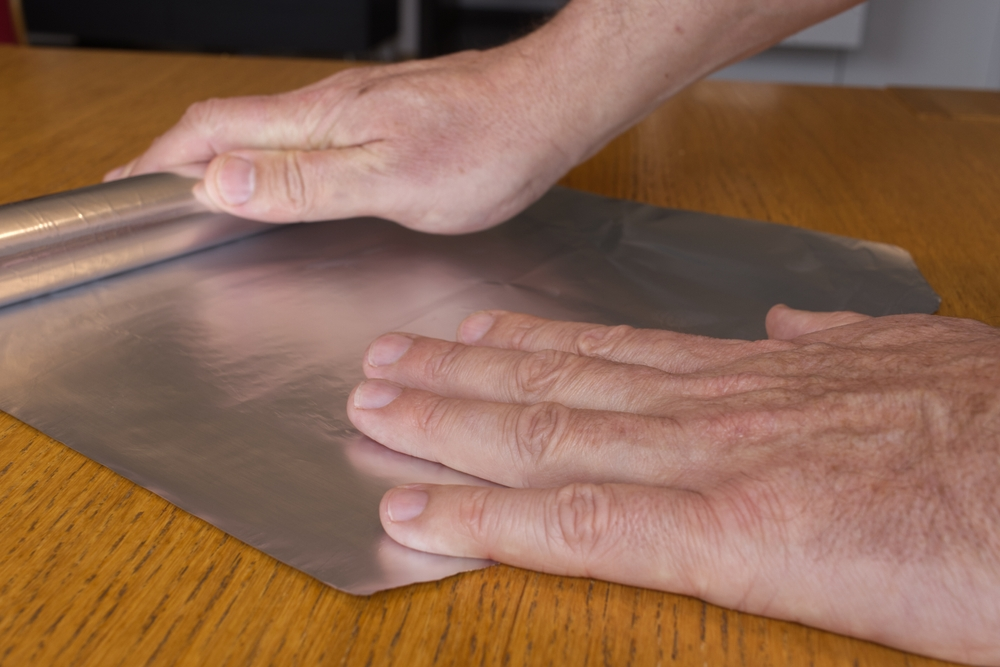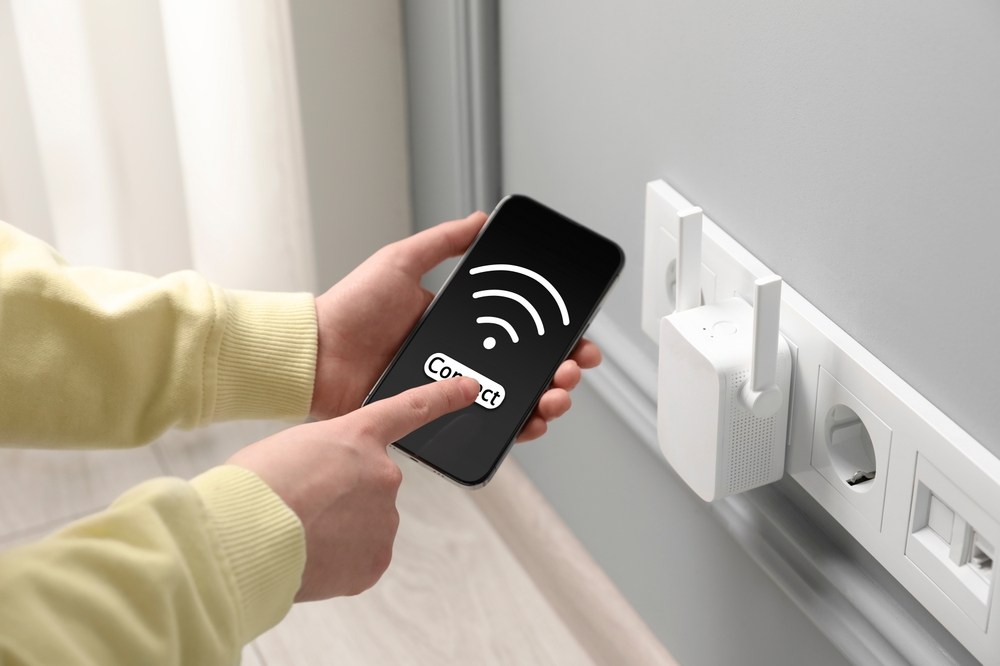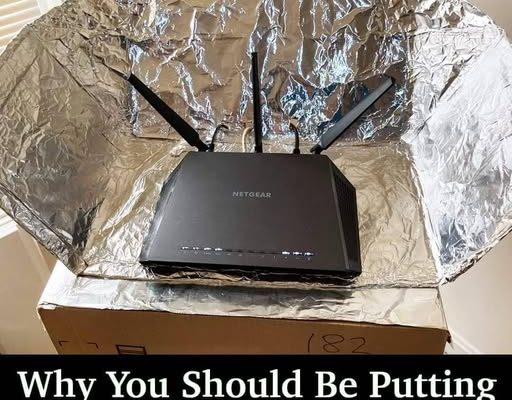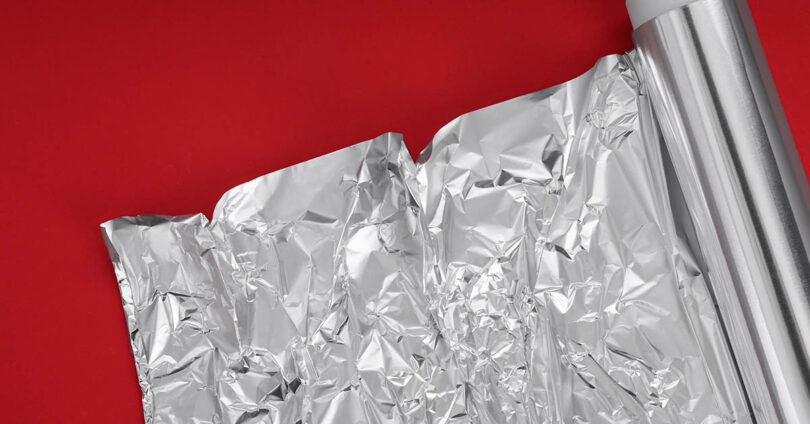As technology progresses and more devices in our homes become connected, internet speeds often slow down—particularly during peak times when many neighbors are online simultaneously. However, a technology professor recently shared a clever trick: placing a sheet of aluminum foil behind your router to help boost your Wi-Fi signal and improve speed.
Tech Guru’s Hack

James McQuiggan, a Security Awareness Advocate at KnowBe4 and part-time faculty member at Valencia College’s Engineering, Computer Programming & Technology Division, has extensively studied technology. He highlights an intriguing method to enhance your Wi-Fi speed by placing a sheet of aluminum foil behind your router.
Can Aluminum Foil Boost Your Wi-Fi?

When multiple devices connect to the same wireless network, the signal can weaken. “It’s like a sprinkler head spraying water in all directions,” explains McQuiggan. This means the wireless signal often spreads into areas where it’s not needed, reducing its strength where it is needed most. Physical obstructions like walls or furniture can also interfere with signal quality.
That’s where the aluminum foil trick comes in. By placing a sheet of foil behind your router—with the shiny side facing outward—you can reflect and redirect the signal. This helps it travel more efficiently and with greater focus. You can even shape the foil to better guide the signal’s direction, giving you more control over where the strongest connection goes.
Does It Really Work?
Although the aluminum foil hack might sound questionable at first, research from a team at Dartmouth supports Professor James McQuiggan’s claims. The team created a 3D-printed structure coated in aluminum and strategically placed it behind a router to direct the wireless signal. The results were impressive: they boosted signal strength in targeted areas by over 50% and reduced it in undesired zones by more than 60%. This not only validated the theory but also demonstrated how signal direction can be controlled with simple materials.
Router Signal Fix: Using Foil the Right Way

What You’ll Need & How to Do It
Materials:
- 1 sheet of aluminum foil (about 1 foot long)
- Optional: Scissors or tape for shaping/stabilizing
💡 Note: Some routers don’t have an external antenna—this trick can still work by placing the foil behind the main body of the router.
Instructions:
- Shape the Foil:
Take the aluminum foil and bend it into a loose “C” shape. This will help reflect the signal forward. - Place It Behind the Router:
Position the foil behind your router, with the shiny side facing inward, toward the router. This directs the signal away from walls and toward the areas you want better coverage. - Stabilize It:
If the foil isn’t standing upright on its own, fold out the bottom edge to create a stand or use tape for extra support. - Test the Signal:
Go to the area where you want better Wi-Fi (like the couch or kitchen).- On your phone or laptop, type “Google speed test” into your browser.
- Click the blue “Run Speed Test” button.
- Compare the speed before and after placing the foil.
Signal Control with Aluminum Foil: A Security Angle

Apparently, placing aluminum foil behind your router does more than just improve speed and efficiency—it may also enhance your network’s security. The research team at Dartmouth found that the hack could help limit how far your Wi-Fi signal travels, making it harder for potential hackers to access your connection. By strategically placing and shaping the foil, you can direct signals away from areas where a connection isn’t needed—like hallways, public-facing walls, or neighboring units.
As the researchers explained, “Such physical confinement of wireless signals serves as a complementary method to existing network security measures, such as encryption, and hence raises the barrier for attackers.”
Try It Yourself at Home
It’s important to remember that this aluminum foil hack isn’t guaranteed to boost your Wi-Fi speed every time. Take Brooke’s experience, for example. She tested the trick at home but saw no improvement. “Before I started, I compared internet speeds on my porch and in the living room where the router is,” she shared. “The difference was huge. One sheet of foil didn’t help at all, and using two sheets or even a soda can actually lowered my speeds by a few Mbps. I tried adjusting the foil’s angle and placement, but nothing made a noticeable difference.”
Brooke adds, “While it didn’t work for me, it’s worth trying before spending money on a Wi-Fi extender if you’re struggling with connection issues. After all, the Dartmouth researchers did see promising results.” She also points out that factors like your home’s size and internet plan can affect how well this method works.
Supplementary Tech Fixes
While placing aluminum foil behind your router is a simple and popular hack, other common household metal items can serve as substitutes. Kitchen items such as metal baking sheets or empty beverage cans can also help improve your Wi-Fi signal, provided they are shaped and positioned correctly.
The key is to ensure that the reflective, curved surface faces the area where you want to strengthen the Wi-Fi signal. Properly directing the signal with these items can help focus and enhance connectivity in desired spaces of your home.
Expanding Signal Range

Using aluminum foil behind your router can sometimes help focus the Wi-Fi signal, but it’s not a guaranteed fix for everyone. Often, upgrading your router or repositioning it in a better location will have a more significant impact on your connection quality. Restarting the router properly using its power button can also help maintain stable performance without risking damage. For those willing to invest more, Wi-Fi extenders can extend coverage to wider areas, although they tend to be more expensive. Additionally, resources like the national broadband map are available to help you identify, troubleshoot, and resolve internet connectivity issues. While trying the foil trick is inexpensive and worth considering, exploring other options may lead to more reliable and lasting improvements.




